The First Diesel Engine: A Revolution in Old Technology
The Birth of a New Power
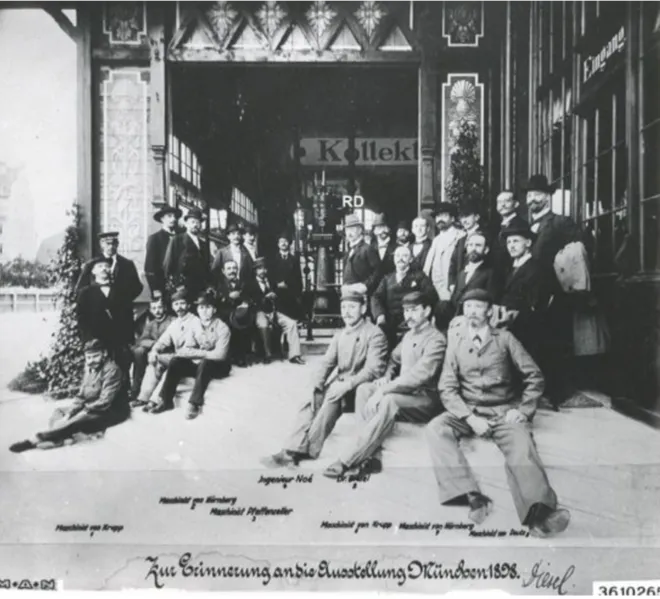
Early Diesel engine presented at the 1898 Munich Exhibition. Year: 1898. Public Domain. link
At the end of the 19th century, when steam engines still ruled factories and ships, a new invention emerged that promised efficiency, reliability, and independence from bulky boilers: the first diesel engine. Created by Rudolf Diesel in the 1890s, this engine quickly proved itself as one of the most transformative pieces of old technology ever built. From factories to ships, from locomotives to cars, the diesel engine opened doors to a new era of industrial progress. Its story is not just about mechanics; it is about vision, determination, and the courage to challenge the limits of the time.
Rudolf Diesel: The Man Behind the Machine
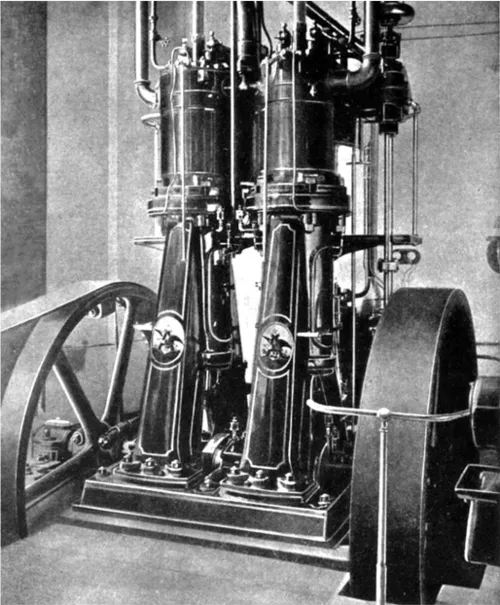
Early American-built Diesel engine from 1898. Year: 1898. Public Domain. link
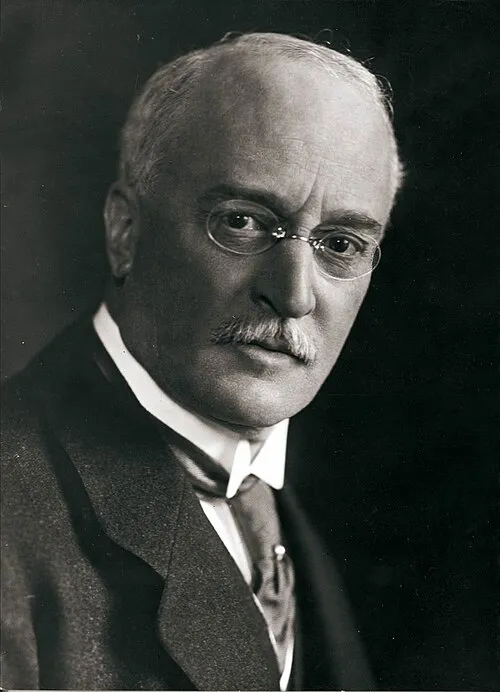
Doctor Rudolf Diesel, inventor of the diesel engine. Year: circa 1900. By Harwich & Dovercourt. License: CC BY 2.0. link
Rudolf Diesel was not just an engineer but a visionary. Born in Paris in 1858 to Bavarian parents, Diesel dreamed of creating an engine that could provide higher efficiency than steam engines. By the 1890s, he developed a concept that relied on compressing air to such high temperatures that fuel injected into it would ignite without a spark — a principle we now call compression ignition.
His early prototypes were not perfect. Engines exploded, parts failed, and many doubted his ideas. Yet Diesel persisted. In 1892, he patented his engine design, and by 1897, he had built a functioning prototype that achieved remarkable efficiency compared to steam. That engine marked the true beginning of what we now call the diesel era.
Today, Diesel’s contribution is celebrated worldwide. His invention not only powered industries but also reshaped global transportation. Without him, the categories of Factories, Cars and Motorcycles, and even Ships on our site would have looked very different.
The First Working Diesel Engine
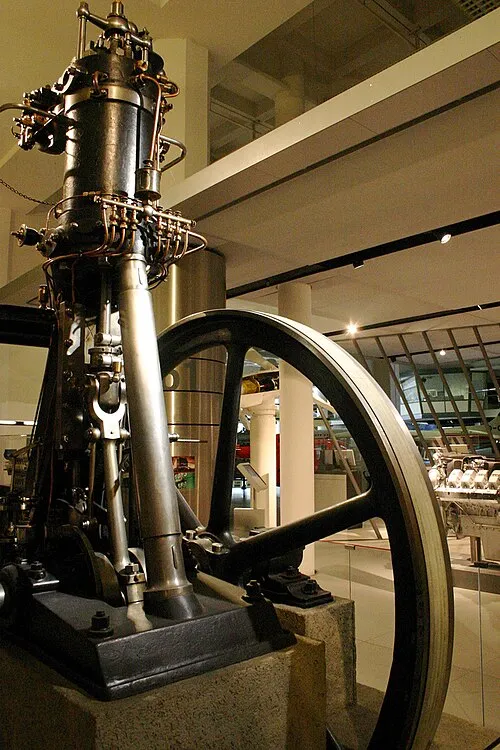
Original functional Diesel engine from the 1890s. Year: 1897. License: Public Domain link
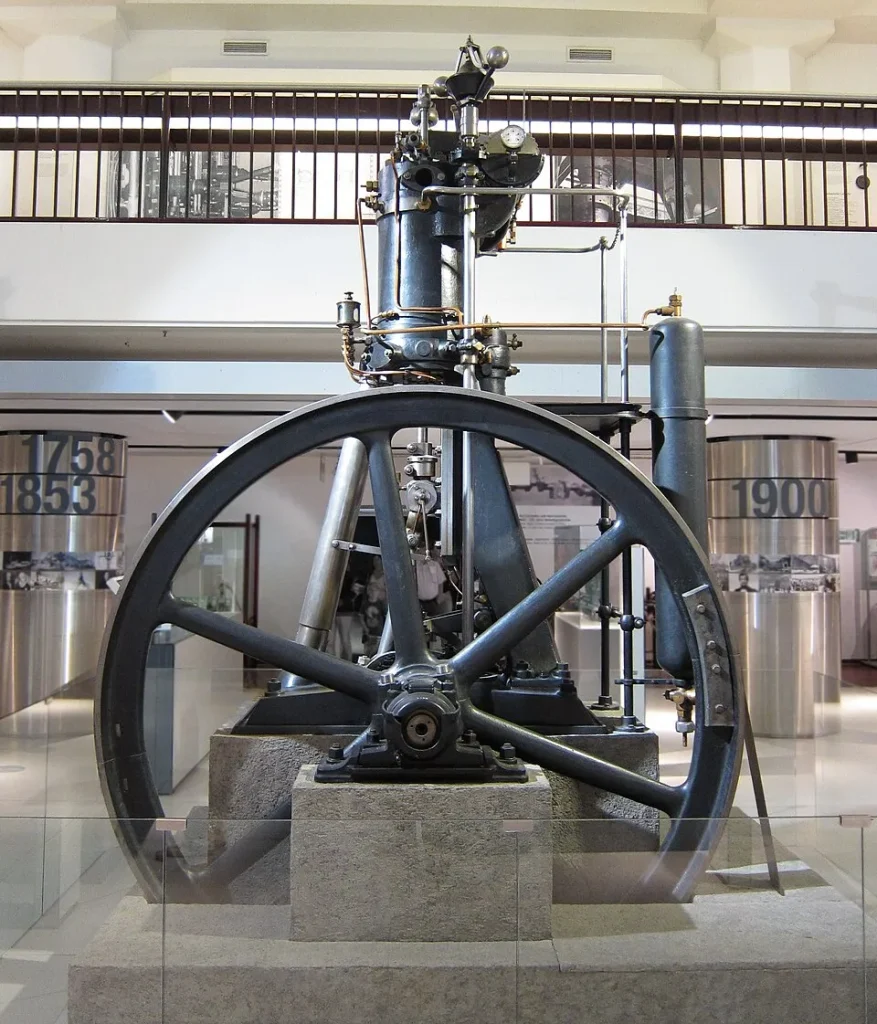
Historic Diesel engine displayed at Deutsches Museum, Munich. Year: early 1900s. By Olivier Cleynen. License: CC BY-SA 3.0. link
The first fully operational diesel engine was tested at the MAN factory in Augsburg, Germany, in 1897. It was massive, weighing several tons, and was primarily designed for stationary use in factories. What made it groundbreaking was its thermal efficiency — more than double that of the steam engines of its time.
Factories quickly adopted this new power source. Unlike steam engines, which needed long preparation times, boilers, and constant supervision, the diesel engine could start faster and required less maintenance. This gave manufacturers an incredible edge.
One fascinating fact is that Diesel originally intended his engine to run on various fuels, including coal dust and vegetable oils. This vision made him a pioneer not only of efficient engines but also of what we might today call biofuels.
The Spread of Diesel Technology
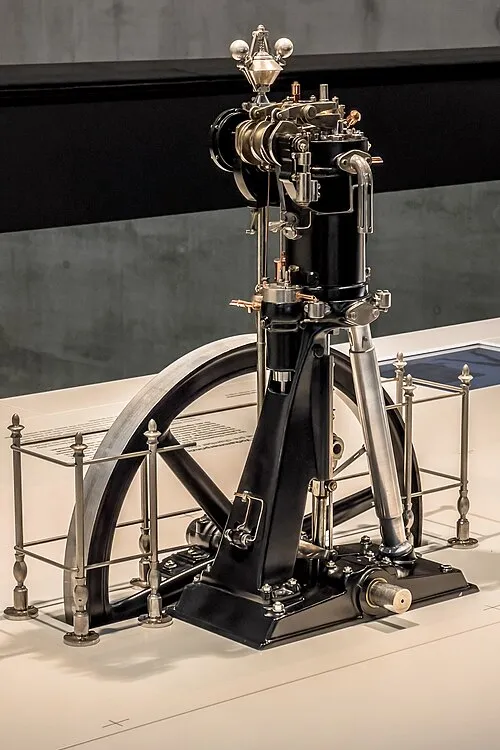
Motor 250/400, an early type of Diesel engine. Year: 1900s. By Johannes Maximilian. License: CC BY-SA 4.0. link
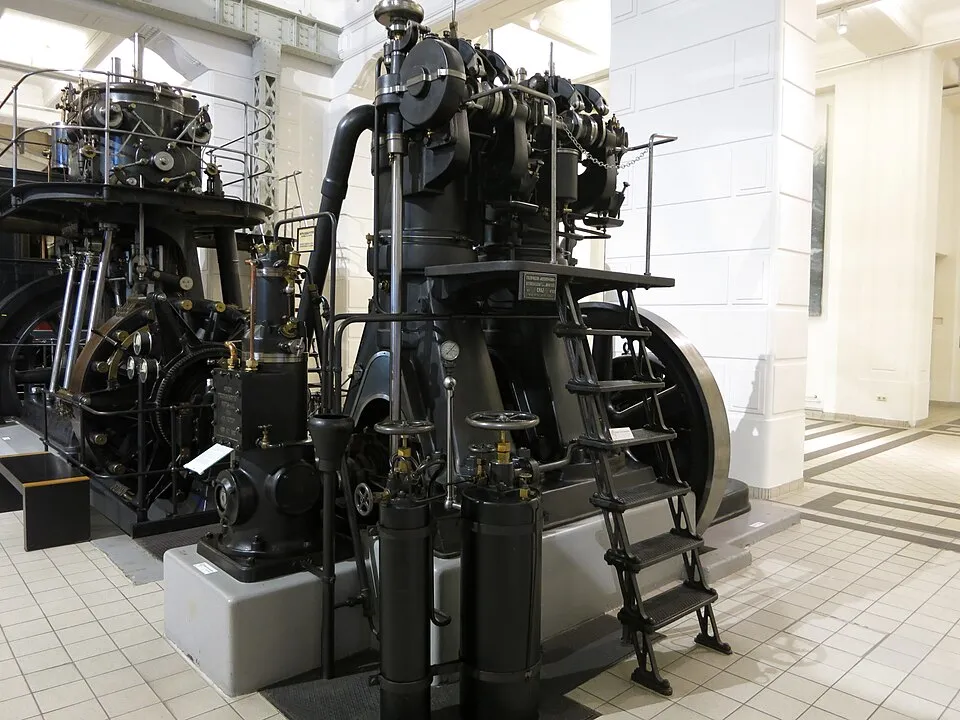
Early serial-production Diesel engine No. 561. Year: 1900s. By Johannes Maximilian. License: CC BY-SA 4.0. link
By the early 20th century, diesel engines were no longer confined to factory floors. They began powering ships, locomotives, and eventually vehicles. Ships embraced the technology quickly because diesel engines were more fuel-efficient and safer than steam boilers, which were prone to explosions.
The interwar period saw the rapid adoption of diesel locomotives. Railroads, particularly in Europe and North America, invested heavily in this technology. It was cleaner, more efficient, and more reliable than steam trains.
Cars and trucks took longer to adopt diesel engines, but once they did, the transport industry changed forever. Even today, large trucks, buses, and heavy-duty machinery rely on diesel. From Cars and Motorcycles to Railroad and Ships, diesel became the lifeblood of modern transport.
A Legacy That Lives On
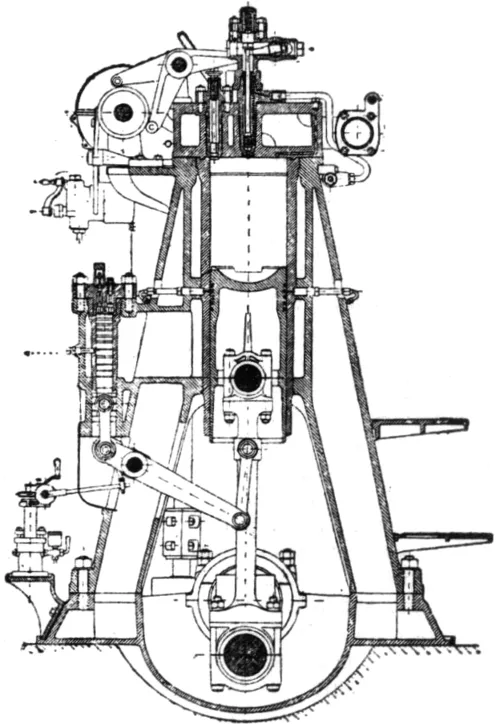
Technical drawing of an early Diesel engine cross-section, from Nordisk Familjebok. Year: early 1900s. License: Public Domain link
The legacy of Rudolf Diesel and his invention is enormous. His engine reshaped the industrial world and continues to power millions of machines today. It bridged categories across history — Old Technology, Factories, and the vehicles in Cars and Motorcycles — showing how one invention can impact nearly every aspect of life.
Interestingly, Diesel himself vanished mysteriously in 1913 during a crossing of the English Channel. Some believe it was suicide due to financial troubles; others think industrial espionage or foul play was involved. Whatever the truth, his legacy remains alive every time a diesel engine roars to life.


